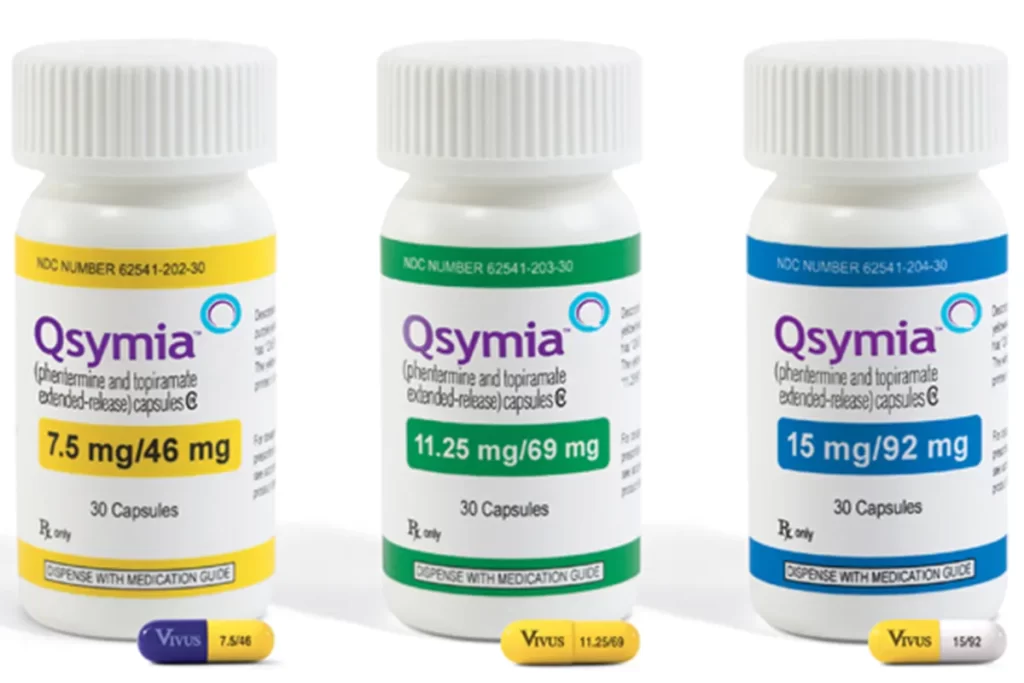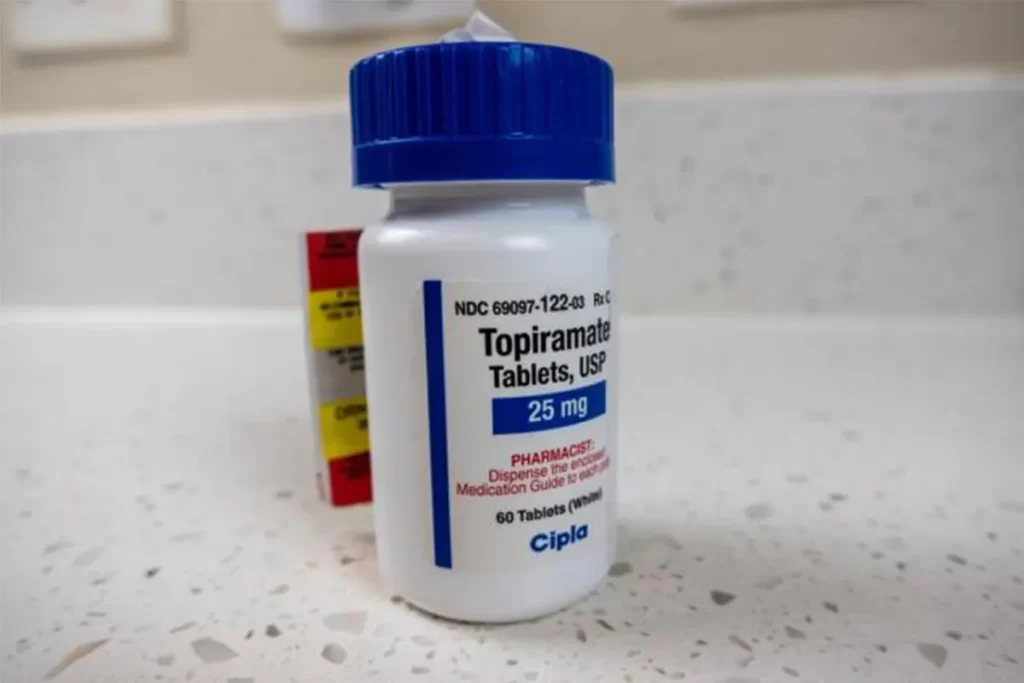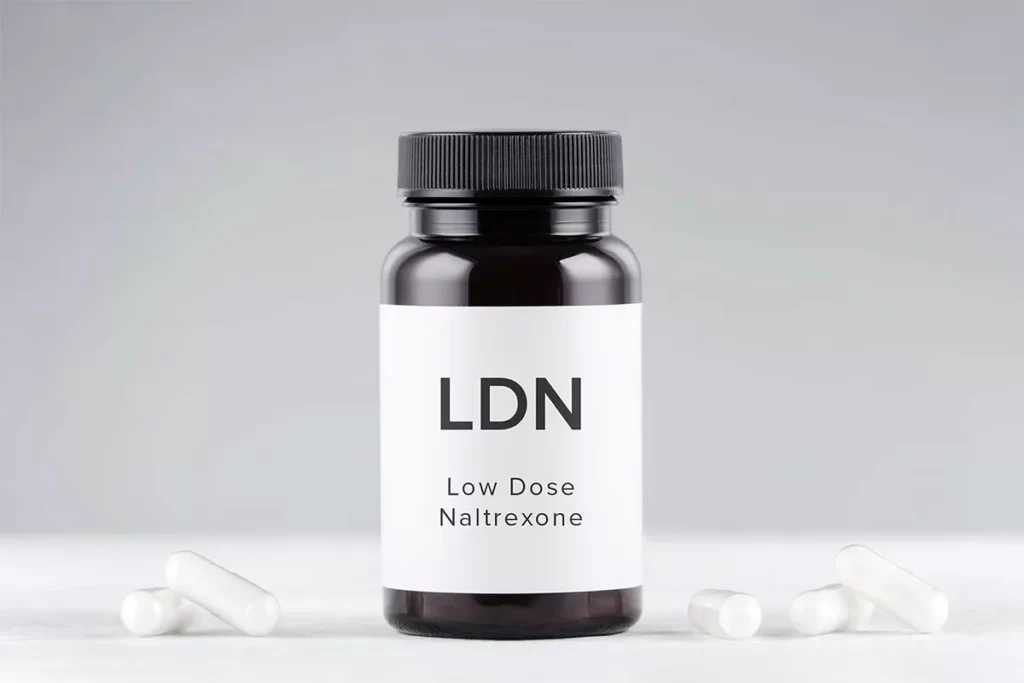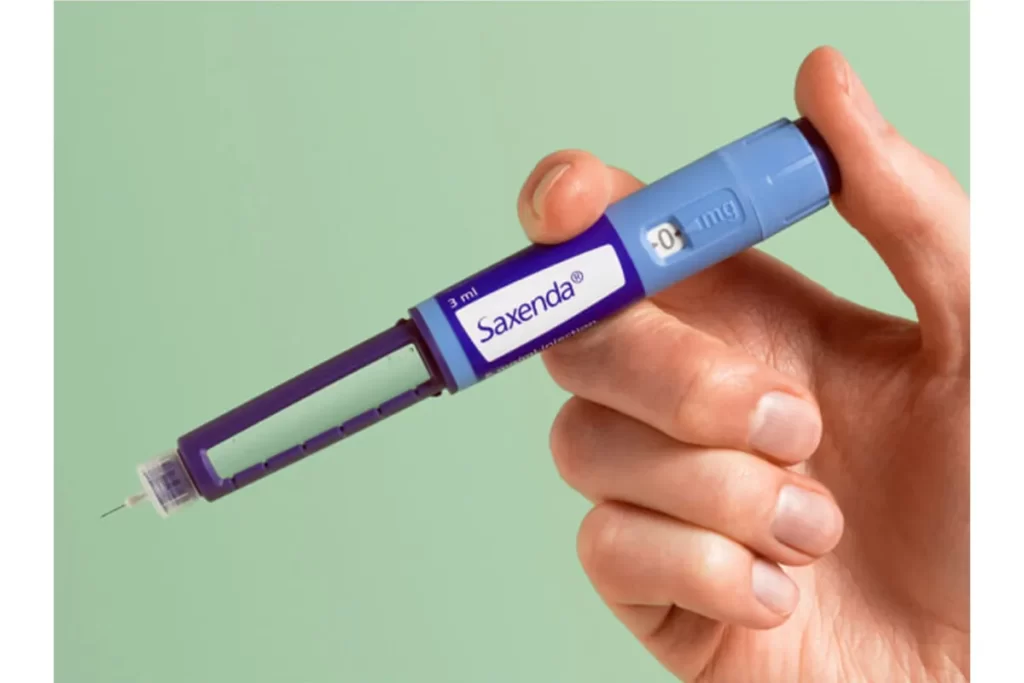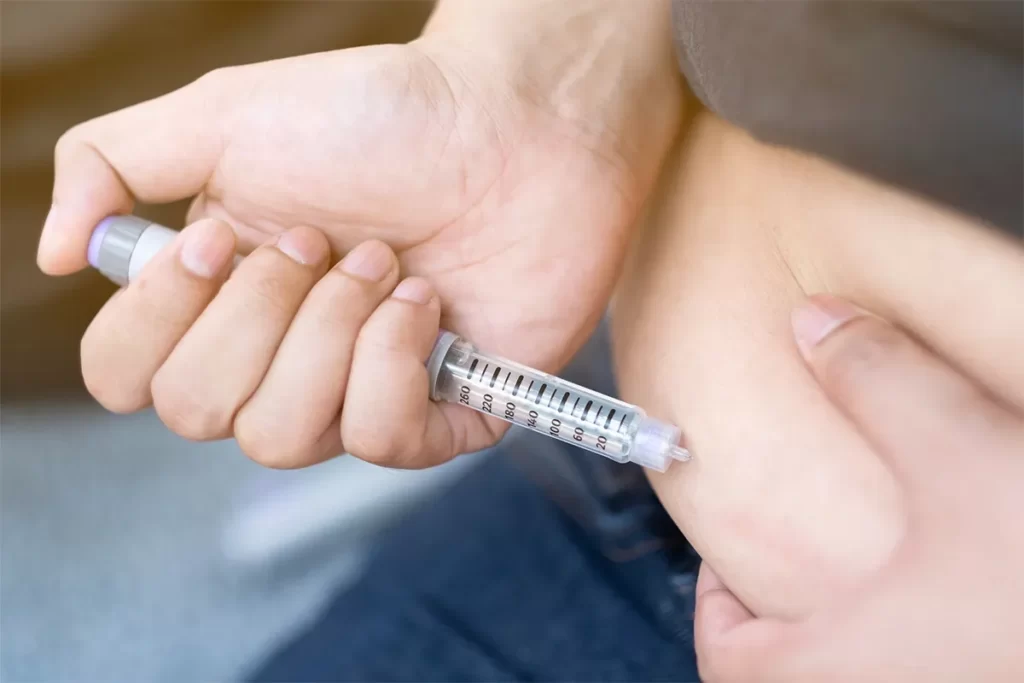MIC Injections Side Effects and The Benefits, Risks, Proper Usage
-
 Written by
Michael J. Ormsbee
Written by
Michael J. Ormsbee
- LAST UPDATED September 19, 2023
In the ongoing search for quick and dramatic weight loss solutions, MIC injections (also called lipotropic injections) have surged in popularity. These fat-burning injections contain a blend of compounds like Methionine, Inositol, and Choline to help break down and eliminate excess fat when injected into the tissues. While proponents rave about lipotropic injections’ ability to spot and reduce pesky fat pockets, it’s also crucial to educate yourself on the range of possible MIC injections side effects.
In this in-depth guide, we’ll explain what exactly MIC lipotropic injections are, outline their benefits for weight loss, and dive into all potential MIC injections side effects. You’ll also learn proper dosage, treatment recommendations, and when to exercise caution with these injections. Let’s debunk the hype and objectively unpack the safety, effectiveness, and risks surrounding this popular weight loss tool.
What are MIC and Lipotropic Injections?
MIC injections are a special blend of three naturally occurring compounds – Methionine, Inositol, and Choline – that work together to break down fat in the body. They are also referred to as lipotropic injections or fat burner injections. Here’s what each of these MIC ingredients contributes:
Methionine: An essential amino acid that aids the liver in processing fats. It assists with removing fat from the liver and boosts bile production to eliminate bodily wastes.
Inosito: Sometimes considered vitamin B8, this small molecule helps transport fats and reduce fat accumulation in the liver and other tissues.
Choline: Another vitamin-like essential nutrient that breaks down fatty deposits, especially in the liver where it prevents non-alcoholic fatty liver disease.
When injected directly into areas like the abdomen, thighs, hips, or arms, the methionine, inositol, and choline in MIC injections go straight into the fatty tissues. This spot treatment claims to dissolve fat in stubborn problem areas. The dissolved fat is then flushed out of the body and excreted through the liver, kidneys, and bladder.
Along with stimulating fat loss, MIC injections are said to boost energy and speed metabolism. Combined with diet and exercise, proponents cite dramatic fat loss, especially in targeted regions like the stomach, thighs, or under the chin. However, valid concerns remain over the MIC injections side effects.

Overview of MIC Injections Benefits for Weight Loss
Before examining the safety profile, let’s outline the ways MIC injections are believed to enhance weight loss efforts:
Local Fat Reduction: For those seeking spot reduction especially in places like the abdomen or thighs, MIC injections can be a godsend. When administered to specific areas, they work directly to break down the fat deposits, in stark contrast with dieting and workouts that promote comprehensive fat loss.
Energetic Boost: One of the key advantages of these injections lies in the impressive energy surge they provide. Packed with different B vitamins and numerous amino acids, they help you feel less lethargic and more empowered, ready to engage in fat-burning physical activities.
Metabolic Hastening: With compounds like Choline and Methionine playing crucial roles in speeding up metabolism, MIC injections can enable your body to burn calories and tap into stored fat reserves with increased efficiency.
Removal of Liver Fat: Fatty liver disease poses a potential hindrance to weight loss endeavors. By employing lipotropic, these injections rid the liver of excess fat accumulation, aiding the weight loss process.
Appetite Suppression: Inositol, one of the active ingredients in the injections, helps to reduce hunger pangs, and cravings, and decrease the size of portion intakes. It plays a crucial role in supporting the attainment of a calorie deficit.
Inspiring Motivation: Witnessing quick results can act as a strong motivator. The fast-paced weight loss facilitated through lipotropic fat loss injections spurs commitment to maintaining sound diet practices and regular exercise.
Enabling Balanced Dieting: Without the need to resort to fad diets, which often recommend rigorous food restrictions or elimination, MIC injections present the option of maintaining a balanced diet while aiming for weight loss.
Enhanced Endurance: With the energy boost provided by the MIC injections, stamina and endurance for physical activities could see significant enhancement, furthering weight loss efforts.
Prevention of Lean Muscle Mass Loss: While losing fat, it’s important to preserve muscle mass for maintaining optimal metabolic rate. While “mic injections side effects” include the possible loss of lean muscle, proper diet and exercise could prevent this, allowing you to maintain a toned physique.
Improved Mood and Mental Health: Some components found in MIC injections, such as Inositol, have been linked to better mood and improved mental health. This could be integral in maintaining motivation and ensuring a holistic approach to weight loss.
Now that you understand the promised benefits, let’s dive into an honest discussion of the safety considerations and potential MIC injections side effects.
Overview of MIC Injections Side Effects and Safety Concerns
Despite the rewards lipotropic MIC injections may offer for stubborn weight loss, they do not come without risks. Here is an overview of the side effects commonly reported from MIC fat-burning injections:
Injection site reactions: This is one of the most frequent initial MIC injections side effects reported. The host may experience pain, redness, swelling, and sometimes, tenderness around the spot where the injection was administered. These are typically mild and often resolve on their own over time, but can be disconcerting for some individuals. Bruising is also common but generally mild and transitory.
Headaches and fatigue: There have been instances where MIC injections have led to some users experiencing dizziness, headaches, and severe fatigue. These symptoms usually start within 1-3 days following the injection. Reportedly, these symptoms can be occasionally accompanied by a sense of weakness.
Gastrointestinal complaints: These primarily include stomach pain, nausea, vomiting, and diarrhea. Some users have reported these manifestations after undergoing MIC injections. While typically not severe, these symptoms can add to discomfort, discourage food intake, and impact one’s quality of life in severe cases.
Allergic reaction: Allergic reactions to MIC injections are relatively rare but can be severe when they occur. Those allergic to the ingredients in the injections may experience anaphylaxis, characterized by symptoms like redness, hives, and difficulty breathing. Therefore, allergy history should be reviewed before any MIC treatment.
Toxicity: Overconsumption, especially from high doses or overly frequent injections, could potentially lead to toxic buildup in the body. This can result in various health complications, including neurological issues and liver damage, posing a severe threat to overall health and well-being.
Medication interactions: If you’re under medications for depression, blood clotting, or Parkinson’s disease, caution should be exercised, since the lipotropic in the MIC injections could possibly interact with these drugs and lead to damaging health ramifications.
Lack of long-term data: A major safety concern about MIC injections is the absence of long-term studies on their effects and potential risks. Unlike well-studied weight loss drugs, it’s challenging to predict unknown, long-term risks as MIC injections have undergone limited clinical trials and scientific research.
With this overview of the types of side effects reported, let’s delve into detailed explanations of each possible adverse reaction and their frequency of occurrence.
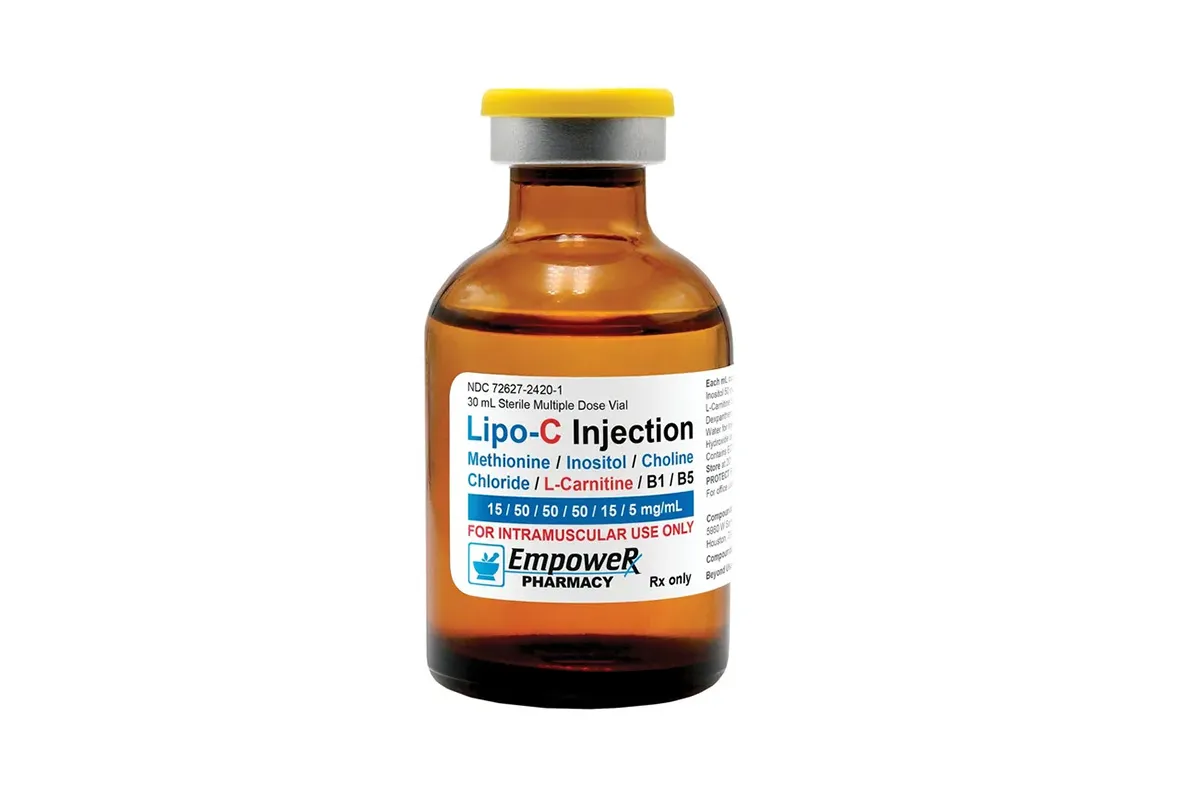
Common MIC Injections Side Effects in Specific Body Systems
While many people tolerate lipotropic injections well under medical supervision, they can produce adverse reactions ranging from mild to moderate or severe. Here, we’ll break down which side effects impact specific bodily systems following MIC injections:
Dermatologic and Local MIC Injections Side Effects
Since MIC compounds are directly injected into subcutaneous fat using small needles, local skin irritation is very common. These include:
Bruising: Bluish discoloration often appears due to minor internal bleeding where the needle penetrates the skin. Keeping compression on the site after removing the needle can minimize bruising.
Pain: Tenderness, soreness, and aching around the injection site are reported in up to 20% of those receiving lipotropic injections. Discomfort typically resolves within 24 hours. Using smaller needles causes less pain.
Redness and Swelling: The skin surrounding the injected area may become red, puffy, and inflamed for 1-3 days post-injection. Anti-inflammatory medication helps reduce swelling.
Itching: Some itching at the injection location can occur but is more common if an infection develops. Keeping the area clean prevents infection risk.
By rotating injection sites regularly and using proper techniques, clinicians can minimize the dermatologic side effects of lipotropic fat burner injections. Let’s now explore the systemic adverse effects.
Gastrointestinal MIC Injections Side Effects
When administered correctly, the lipotropic compounds themselves should not cause gastrointestinal issues. However, the mobilization of fatty deposits being flushed out of the body puts greater demand on the digestive organs. Choline and methionine specifically boost liver and gallbladder bile production to excrete dissolved fats. Side effects may include:
Diarrhea: Some patients report loose stools or diarrhea as the liver eliminates fatty deposits rapidly. Staying hydrated helps manage diarrhea.
Constipation: For others, the opposite problem arises and they become constipated as the bowels adjust to the fat-loss process. Increasing fiber prevents constipation.
Abdominal Pain: Mild cramping or pain in the stomach and intestines can occur when the digestive system responds to the liver releasing large amounts of bile to break down fat.
Nausea: Upset stomach and feelings of nausea are common when the body is metabolizing and excreting high amounts of fat mobilized by lipotropic injections.
Vomiting: In some cases, the nausea becomes severe enough to induce vomiting. This typically resolves itself within 24 hours.
While gastric side effects are usually temporary, notify your provider if they become severe or persistent. Probiotics can help ease digestive upset in response to MIC injections.
Neurologic MIC Injections Side Effects
The MIC compounds, especially choline, serve important roles in nerve cell membranes and neurotransmitter synthesis in the brain. At appropriate dosages, the lipotropics should enhance cognitive function. However, possible neurological side effects include:
Headaches: Tension headaches and migraines beginning a few days after MIC injections are commonly reported. Staying hydrated and limiting caffeine may prevent headaches.
Dizziness: Some users feel faint, lightheaded, or dizzy for a short time following their lipotropic injections due to shifts in electrolyte balance.
Fatigue: Since the breakdown of fat demands significant energy, increased feelings of tiredness, lethargy, and fatigue often occur as the body works hard to metabolize dissolved fat.
Tingling or Numbness: Lipotropic injections alter cholesterol production and nerve cell function, which can temporarily induce tingling, numbness, or pins-and-needles sensations in the hands and feet in some patients.
Cognitive Dysfunction: If toxicity levels build, more serious side effects like confusion, memory loss, and impaired concentration could arise with prolonged, high-dose MIC injections. This is rare with appropriate dosing.
Stay alert for cognitive or neurological changes that seem excessive for your normal response and notify your doctor promptly. Proper hydration and electrolyte intake help minimize the severity of these adverse effects.
Cardiovascular MIC Injections Side Effects
The metabolic boost triggered by lipotropics can place greater demands on the cardiovascular system. Potential cardiac side effects involve:
Rapid Heart Rate: Some patients notice brief periods of heart palpitations, rapid pulse, or pounding heartbeats as MIC injections accelerate fat breakdown.
Elevated Blood Pressure: The surge of circulating fatty acids may temporarily increase blood pressure. Those with hypertension should monitor for spikes after injections.
Changes in Cholesterol: Lipotropic injections are designed to improve cholesterol balance, but may swing it too extremely in some people, especially with underlying lipid disorders.
Blood Clots: Methionine assists in forming clotting factors, so those already prone to clotting issues should exercise caution with MIC injections due to increased clotting risk.
Cardiac side effects seem less frequently reported but warrant medical monitoring if present. Inform your doctor of any heart health concerns prior to starting lipotropic injections. Staying well-hydrated also protects the cardiovascular system.
Immune and Inflammatory MIC Injections Side Effects
Since MIC compounds are natural rather than drugs, allergic reactions are rare but possible if someone is specifically sensitive to methionine, inositol, or choline. Immune response side effects may include:
Rash / Hives: Some patients develop skin flushing, red raised welts called hives, or generalized rash within hours after MIC injections indicating possible allergy. Antihistamines treat rashes effectively.
Itching: Widespread itching without visible skin changes may signify a mild allergic reaction. Topical hydrocortisone cream soothes itching.
Anaphylaxis: In very rare cases, lipotropic injections can provoke anaphylactic shock, a life-threatening reaction involving swelling, trouble breathing, plummeting blood pressure, and other systemic effects requiring epinephrine.
Runny nose, Sneezing: Immediate hay fever-like symptoms with runny nose and sneezing point to an allergic response, likely to the preservatives in injectable solutions rather than the methionine, inositol, and choline themselves.
Carefully screen patients ahead of treatment for any known allergies. While mild hypersensitivity reactions are uncommon with MIC injections, caution is warranted in susceptible individuals. Let’s wrap up with other miscellaneous adverse effects.
Miscellaneous MIC Injections Side Effects
A few final less common side effects include:
Fever: Some users report fevers beginning a few days after lipotropic injections, indicating the immune system responding to mobilized toxins being excreted from fat stores. Fevers normally resolve within 24 hours.
Hair Loss: Fluctuating vitamin and mineral status during accelerated fat metabolism may disrupt normal hair growth cycles leading to temporary increased shedding for some patients.
Yeast Infections: Women may experience greater susceptibility to vaginal yeast infections due to rapid changes in bacteria balance as fat stores are metabolized. Probiotics help prevent this overgrowth.
Cramping: Mild abdominal and muscle cramping may be noted as the vitamin, mineral, and electrolyte shifts occur through fat breakdown and loss. Hydrating well prevents cramps.
Being aware of the range of possible MIC injections side effects allows patients to monitor their health closely and report concerning reactions promptly to clinicians. Now that we’ve outlined the safety considerations, let’s discuss proper dosing.

Proper Dosing to Minimize MIC Injections Side Effects
Proper dosing plays a key role in minimizing mic injections side effects while maximizing the benefits for weight loss. Most patients typically experience fewer adverse effects from MIC injections when administered correctly at moderate doses. However, problems can arise when patients receive overly high doses, exceed recommended injection frequency, or obtain injections from unqualified providers. Here are the proper dosage guidelines to minimize mic injection side effects:
Amount per injection: A typical MIC dosage ranges between 0.5 and 2mL per injection. Administering higher volumes might lead to toxicity, increasing the likelihood of side effects.
Frequency: Limit MIC injections to 1-2 times per week and ensure they are administered in different body regions. Overdoing it provides no added benefit, but raises the risks of side effects due to toxicity.
Total duration: Most healthcare professionals recommend a total duration of 6-12 weeks for MIC injections, using them as an adjunct for weight loss rather than long-term treatment. Extended use has a lack of safety data, which leaves individuals prone to mic injections side effects.
Administered by a licensed medical provider: Only qualified physicians, nurse practitioners, or physician assistants trained in lipotropic therapy should administer MIC injections, and only after a careful screening of the patient.
Avoid alongside certain medications: Owing to potential interactions, it’s crucial to exercise caution when combining MIC injections with drugs for depression, Parkinson’s disease, and blood clotting. This will help to prevent the exacerbation of mic injections side effects.
By adhering to these clinical recommendations, patients can optimize the results from MIC injections while minimizing their potential side effects. Remember that high-dose, unsupervised lipotropic injections may provoke adverse reactions, which is why proper dosing and monitoring are essential.
Dangers of MIC Injections Side Effects from Overdosing
While MIC injections appear relatively safe when professionally administered in moderation, exceeding dosing guidelines can result in toxicity with severe side effects. Here are the risks of misusing lipotropic injections:
Neurotoxicity: High doses of choline may cause neurological symptoms like blurry vision, tremors, sweating, gastrointestinal distress, fainting, or seizures.
Thyroid dysfunction: Excessive choline intake can negatively impact thyroid hormone production and metabolism. Palpitations, temperature changes, and appetite shifts may occur.
Niacin toxicity: Some lipotropic preparations include high levels of niacin (vitamin B3) which can damage liver function when taken in excess.
Elevated homocysteine: Too much methionine raises blood levels of the amino acid homocysteine, increasing cardiovascular risks.
Pancreatitis: Heavy inositol supplementation is associated with painful pancreas inflammation and life-threatening complications.
Without blood testing to monitor vitamin, mineral, and electrolyte levels, toxicity can build up undetected. While adverse effects usually resolve with discontinuation of injections, permanent organ damage is possible. Work closely with your qualified clinician to use MIC injections as safely as possible.
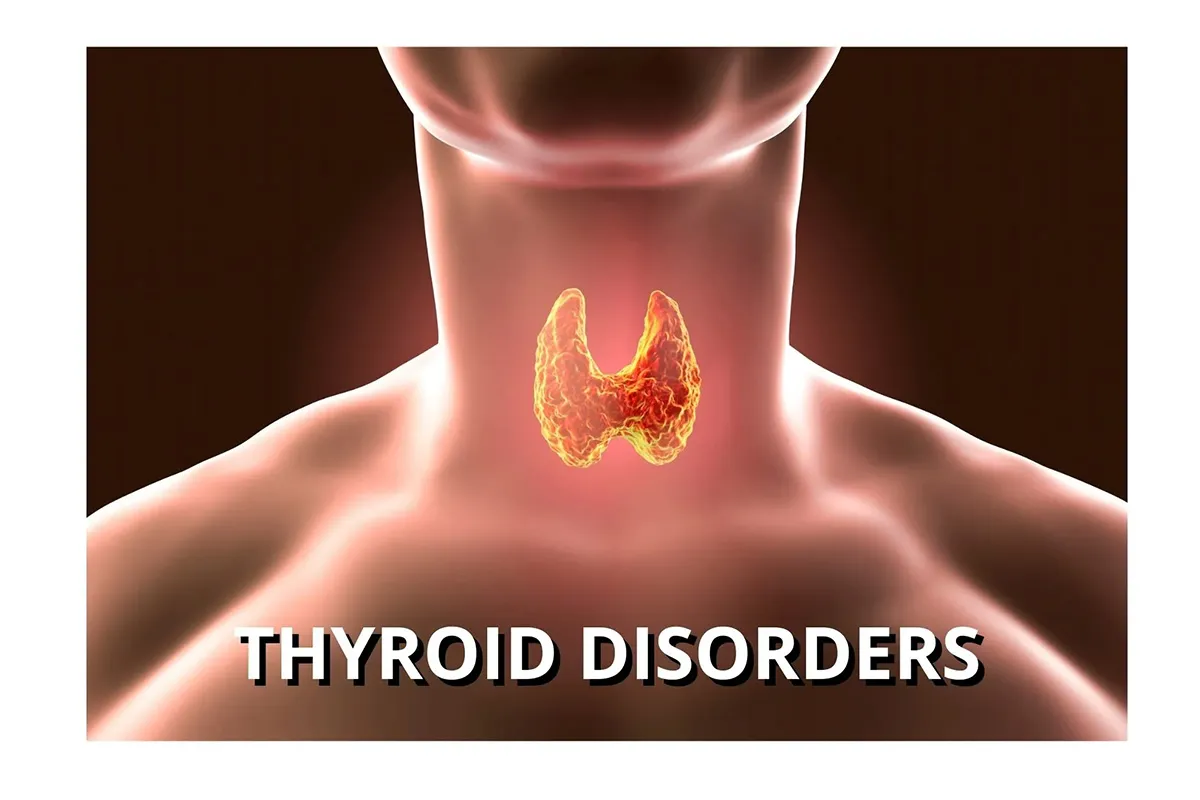
Who Should Not Receive MIC Injections Due to Side Effects Risks?
While many patients tolerate lipotropic MIC fat burner injections well, they may be riskier for certain vulnerable populations. MIC injections are not recommended for:
Pregnant or breastfeeding women: Safety has not been established during pregnancy or breastfeeding, with potential fetal or infant development risks. The rapid detoxification could release heavy metals or environmental toxins into breastmilk.
Those with liver or kidney disorders: Since lipotropics heavily burden already damaged organs to metabolize dissolved fats, risks may outweigh the benefits.
People on blood thinners: Due to methionine’s effects on clotting and the injections causing bruising, caution should be exercised.
Individuals with mood disorders: Lipotropics influence neurotransmitters, so may exacerbate psychiatric conditions.
People with hyperthyroidism or hypothyroidism: Thyroid patients may have greater difficulty tolerating lipotropic-triggered metabolic changes.
Anyone with serious chronic illnesses: Safety remains uncertain for those with diabetes, heart disease, autoimmune disorders, bleeding risks, or taking multiple medications.
For most patients in good health, MIC injections side effects are usually limited to mild discomfort or nuisance adverse effects. However, those with underlying medical conditions or taking prescribed medications should discuss risks versus potential rewards with their doctor.
What Results Should You Expect When Receiving MIC Injections?
To establish realistic expectations, it is crucial to understand that MIC injections are not a miracle cure or magic bullet for obesity and weight loss. However, when incorporated properly alongside diet and exercise, patients report excellent fat loss augmenting results. Here is what you can reasonably expect:
Losing 1-3 pounds per week when adding MIC injections to your regimen
Spot reduction of up to 30% in injected body regions within 4-6 weeks
Decreased appetite and food cravings leading to less daily calorie intake
Better body contouring results and accelerated fat loss compared to diet and exercise alone
Feeling increased motivation through visibly faster results on the scale and in the mirror
Improved energy, stamina, and metabolism from metabolism-enhancing lipotropic
Long-term weight maintenance after stopping injections if nutrition and fitness habits remain
The key is developing healthy lifestyle habits along with a consistent MIC injection regimen under your clinician’s supervision and realistic expectations of gradual fat loss. Let’s wrap up with some tips for safe and effective use.
Practical Tips for Safe and Effective MIC Injections
To maximize your lipotropic injection results while minimizing adverse reactions, here are some best practices to follow:
Have a complete medical evaluation to screen for health risks before starting MIC injections
Work with a licensed, reputable provider trained specifically in lipotropic therapy
Follow clinician recommendations for dosing, frequency, and duration of treatment
Do not exceed advised injection doses or increase frequency on your own
Keep well hydrated before and after injections to support detoxification
Consider taking targeted supplements like milk thistle to support liver function
Adopt a low-fat, high-protein diet and consistent exercise regimen for optimal synergy
Avoid alcohol, junk food, and sweets to prevent derailing fat loss efforts
Use topical arnica gel/cream on injection sites to prevent excessive bruising
Rotate injection sites regularly and avoid injecting the same site repeatedly
Report any concerning side effects like rash, headaches, or dizziness promptly
Keep a symptom journal to track body responses and energy/appetite changes
Be patient – results accrue gradually over the 6-12 week treatment period
Maintain realistic expectations about 2-3 pounds of weekly fat loss typically
Prepare your mindset to continue diet and exercise habits after completing the injection series
The key to success with MIC fat burner injections is working closely with your provider for medically supervised treatment, listening to your body, and being consistent with healthy lifestyle habits before, during, and after completing the injection regimen. While not a cure-all, lipotropic injections can serve as a valuable catalyst and motivator for your wellness journey when done properly. Just be sure to weigh any potential risks against the benefits with your trusted clinician.

FAQs about Mic Injections Side Effects
1. How much weight can you lose with MIC shots?
The weight you can lose with MIC shots varies based on individual factors like metabolism, physical activity level, and dietary habits. Some individuals might see a loss of around 2-5 pounds weekly when combining the injections with a well-balanced diet and regular exercise. Remember, MIC shots enhance a comprehensive weight loss strategy and shouldn't be seen as a standalone treatment.
2. What are the side effects of the B12 MIC shot?
The B12 MIC shot can potentially lead to side effects, although these are generally rare and minor if the injections are correctly administered. Common side effects include injection site reactions (pain, redness, swelling), headaches, fatigue, and gastrointestinal issues (nausea, stomach pain, diarrhea). Rarer but severe side effects can include allergic reactions and potential toxicity from high doses or frequent injections.
3. Are MIC injections worth it?
Whether MIC injections are worth it depends significantly on your unique circumstances and weight loss goals. They might be beneficial as part of a comprehensive weight loss plan that includes a balanced diet and regular exercise as they may boost energy, speed up metabolism, and help reduce localized fat deposits. However, they are not a silver bullet for weight loss, but rather a tool to facilitate broader weight loss strategies. Always consult with a healthcare provider before starting a new treatment.
4. How long does it take to see results from MIC injections?
The timing to see results from MIC injections often depends on individual factors like metabolic rate, diet, and exercise routine. However, some individuals may notice changes within a few weeks of starting MIC injections, with more significant results appearing after a few months of continued use and lifestyle adjustments. Regular monitoring and consultation with your healthcare provider are suggested to assess the effectiveness of such a therapy.
5. Why do I feel so bad after B12 injection?
Feeling unwell after a B12 injection might be due to an adverse reaction to the treatment. This can include typical side effects like nausea, headache, and fatigue. In rare cases, it could be a sign of an allergic reaction. If you consistently feel bad after receiving a B12 injection, you should immediately consult with your healthcare provider to evaluate your symptoms and reconsider the appropriateness of this treatment.
6. Why do I feel weird after a B12 injection?
Feeling 'weird' or different after a B12 injection could be attributed to various reasons. Some individuals might be sensitive to the sudden influx of vitamin B12, leading to temporary side effects such as dizziness, anxiety, or nausea. This usually subsides over time. However, If the odd feeling persists or is accompanied by other severe symptoms, consult your healthcare provider immediately.

